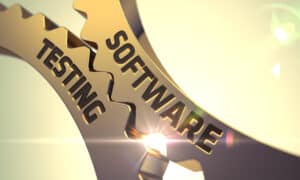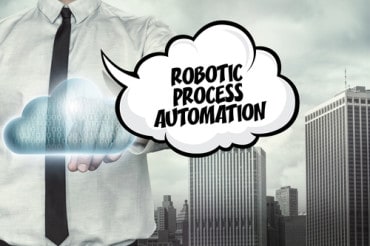
The fused testing methodology helps teams fully realize the promise of test automation by challenging the status quo of testing silos across manual and automated testing.
Digital transformation has been characterized by an insatiable appetite for new content and capabilities. Today, customers expect brands to not only deliver compelling digital experiences, and they also want those digital experiences to be continuously refreshed, improved, and reimagined. It is, therefore, no surprise that software delivery velocity is becoming the barometer for digital product teams. But this “need for speed” cannot come at the expense of a degraded end-user experience that threatens to undermine brand strength and ultimately leads to user churn. Product leaders must lead organizational transformation to increase the pace of software engineering while also ensuring the delivery of exceptional end-user experiences.
The modern DevOps ecosystem has responded to this paradox primarily with two movements: shift left and shift right. Shift left pulls testing workloads forward in the software development lifecycle, including empowering developers to take on more testing responsibilities. Shift right advocates pushing testing back in the process with “in the wild” testing insights to inform more frequent software updates.
Both of these approaches to testing are important levers as engineering and product teams try to strike the tricky balancing act between speed and quality. Yet these approaches do not directly tackle the more fundamental question: as a DevOps ecosystem, how might we reimagine the testing workloads themselves, regardless of where the workloads shift? Rethinking the “how.”
See also: 7 Testing Principles Every Software Engineer Must Know
One such concept that focuses on rethinking the “how” is fused testing. It’s a new methodology that seamlessly combines automated and manual testing, offering everyone from startups to enterprises a smarter approach. It represents a recognition that end-to-end testing at the speed demanded of today’s product teams requires more intelligent orchestration across machine (automated) and human-assisted (manual) testing workloads. No more siloed thinking, no more parallel testing between automated at manual — rather, evolve processes to build a strong bond between the two that results in better testing, better releases, and better outcomes for businesses and users.
Evolving the ‘how’ is going to take a village
The how of fused testing transcends the diverse landscape of testing solutions — the multiple technology approaches, frameworks, and capability areas offered. Fused testing is a methodology that isn’t limited to one test execution technology, product, or platform. In fact, the entire community of technology and service providers must work together to collectively unlock the value of fused testing.
It then follows that partnerships become increasingly critical to finding success in the ‘how’ of testing in the modern DevOps era. Any business that competes on the basis of delivering compelling digital experiences will ultimately reject vendors that promote proprietary solutions or closed DevOps systems because those approaches inherently undermine how well that business can successfully balance between software delivery speed and quality.
Fused testing promotes collaboration across technology and service providers by forcing the DevOps solution community (the village) to focus explicitly on the below definitions of success for increased speed and better quality.
- Increase speed. Automate repetitive test cases while creating more seamless handoffs between automated and manual test execution with higher fidelity signals.
- Improve quality. Broaden test coverage by implementing a more flexible staffing model for quality engineering and expert tester talent so that precious capacity is optimized to complement and accelerate the value of automated testing.
The best part: by definition, these outcomes cannot be fulfilled by any one testing technology or solution provider. It transcends the shift left and shift right movements but in a way that is complementary.
Having spent the better part of the last couple of decades exploring and executing on industry ecosystem partnerships, I’ve come to recognize that it often takes the emergence of a new paradigm to serve as a collective catalyst. An intellectually honest assertion rooted in helping enterprises find a pragmatic path towards optimization. I believe fused testing can be that catalyst for modern DevOps software testing, offering a rallying cry that brings ecosystem participants together, collectively focused on smarter testing to deliver better end-user experiences faster.




























